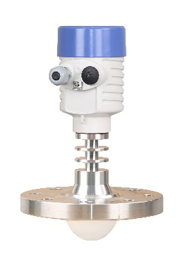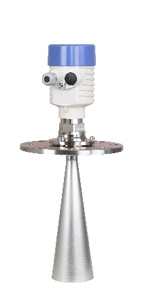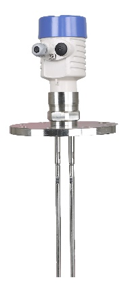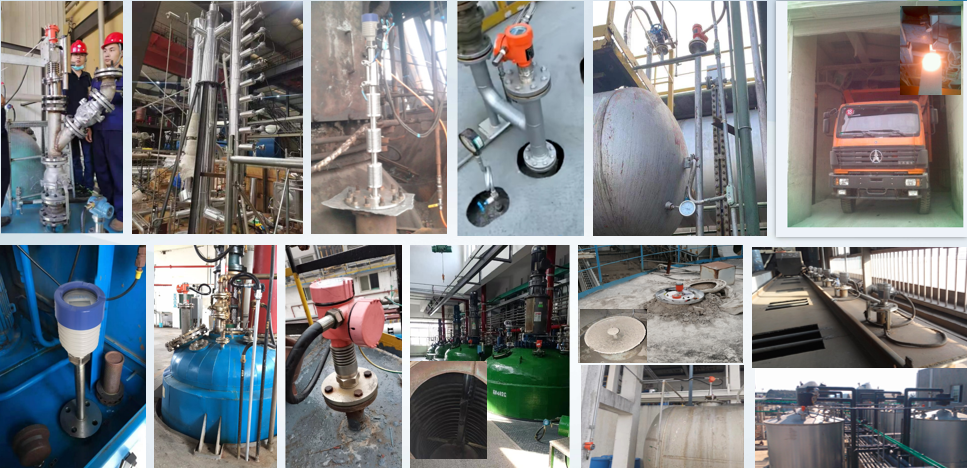


Level meter is a critical aspect of many industrial processes, helping to monitor the quantity of liquids, solids, or slurry in tanks, vessels, and containers. From water treatment plants to chemical production facilities, accurate level measurement ensures safety, efficiency, and cost savings. Among the various technologies used for level sensing, level sensors stand out for their versatility and precision. In this article, we will explore the different types of level sensors, their working principles, and their applications in industries today.
1. Ultrasonic Level Measurement: Precision Without Contact
One of the most widely used methods for level measurement is ultrasonic level measurement. This non-contact technology uses sound waves to determine the distance between the sensor and the surface of the liquid or solid. The sensor emits an ultrasonic pulse, which reflects off the surface and returns to the sensor. By calculating the time it takes for the pulse to return, the sensor can determine the level with high accuracy. This technology is ideal for applications where contact with the material being measured is not possible or undesirable, such as in hazardous or corrosive environments.
2. Capacitive Level Sensors: Reliable for Conductive Materials
Capacitive level sensors are another common technology used for level measurement. These sensors operate based on the principle of capacitance, which changes as the material level varies. When the sensor is placed near the surface of a liquid, the capacitance between the sensor and the material changes, and this variation is detected and used to determine the level. Capacitive sensors are especially effective for measuring the level of conductive liquids, such as water or oils, and are often used in tanks or pipes where precise, continuous level monitoring is required.
3. Radar Level Gauges: High-Performance in Extreme Conditions
For more challenging applications, radar level gauges provide a highly accurate and reliable solution. These gauges use microwave signals that are emitted towards the surface of the liquid or solid. The time it takes for the signal to return to the sensor is used to calculate the level. Radar technology is highly resistant to temperature, pressure, and vapor interference, making it ideal for use in extreme conditions, such as high-pressure vessels or tanks containing volatile substances. Radar level gauges are typically used in industries like oil and gas, chemicals, and pharmaceuticals.
4. Float Level Switch: Simple and Effective
A float level switch is one of the simplest and most reliable types of level sensing devices. This mechanical device consists of a float that rises or falls with the liquid level. As the float moves, it triggers a switch, signaling when the level has reached a certain point. Float switches are ideal for applications requiring basic, on-off level detection, such as in sump pumps or overflow protection systems. While they may not provide continuous level monitoring, they are well-suited for low-cost, low-complexity applications.
5. Continuous Level Monitoring: Precision for Critical Systems
In applications where real-time, continuous level monitoring is critical, continuous level monitoring technologies are the solution. These systems use advanced sensors, such as radar or ultrasonic devices, to provide real-time data on the level of materials in a tank or vessel. Continuous monitoring ensures that operators can respond to changes in level before problems such as overflows, dry running, or pump failure occur. This technology is particularly valuable in industries like water treatment, food processing, and chemical manufacturing, where even small deviations in level can lead to operational disruptions.
6. Non-Contact Level Measurement: Enhancing Safety and Durability
Non-contact level measurement methods, such as ultrasonic and radar sensors, offer significant advantages in terms of safety and durability. Since these sensors do not come into contact with the material being measured, they are less prone to wear and tear, contamination, or corrosion. This makes non-contact sensors particularly useful for aggressive or hazardous substances like acids, oils, and chemicals. In addition, non-contact measurement eliminates the risk of mechanical failure due to moving parts, ensuring a longer lifespan and reduced maintenance costs.
7. Level Transmitters: Integrating with Automation Systems
Level transmitters are devices that convert level measurements into an electrical signal that can be read by control systems. These transmitters are often connected to remote monitoring systems or SCADA (Supervisory Control and Data Acquisition) systems, allowing for centralized control of various processes. Level transmitters are available in various technologies, including ultrasonic, capacitive, and radar, and can be integrated into larger automation systems for improved process control and efficiency.
8. Pressure Level Sensors: Measuring Depth and Pressure Simultaneously
Another technology used for liquid level measurement is pressure level sensors. These sensors measure the pressure at the bottom of a tank or vessel, which correlates to the liquid height. By measuring the hydrostatic pressure exerted by the liquid column, these sensors can determine the level in a tank. Pressure level sensors are particularly useful in deep tanks or when measuring the level of high-density liquids or slurry, where other methods may be less accurate. They are commonly used in applications such as wastewater treatment and mining.
9. Magnetic Level Indicators: Visual and Reliable
Magnetic level indicators (MLIs) are a hybrid technology that combines mechanical and magnetic principles. These indicators use a float that moves with the liquid level. As the float rises and falls, it triggers a magnetic marker, which moves along a scale or changes color, providing a clear visual indication of the level. MLIs are often used in hazardous or high-pressure environments, as they offer a visual and non-electrical method of level measurement. They are particularly suitable for applications where real-time, visual level indication is critical.
10. Applications in Diverse Industries
Level sensors and gauges are used across a wide range of industries, including oil and gas, food and beverage, water treatment, chemical manufacturing, and pharmaceuticals. Each industry has specific requirements for level measurement, whether it’s continuous level monitoring in a water treatment facility, pressure level sensors in a petrochemical plant, or float level switches in a food processing plant. The versatility of level sensors ensures that they can be adapted to meet the unique challenges of various processes, helping businesses to improve safety, efficiency, and regulatory compliance.
In conclusion, level sensors and gauges play a vital role in ensuring accurate and reliable liquid and solid measurement in various industrial applications. Whether using ultrasonic level measurement, radar level gauges, float level switches, or capacitive sensors, choosing the right technology is essential for optimal performance. By embracing advanced technologies such as non-contact level measurement and continuous level monitoring, industries can ensure greater efficiency, reduce risks, and maintain the integrity of their processes.

Post time: Jan-14-2025

